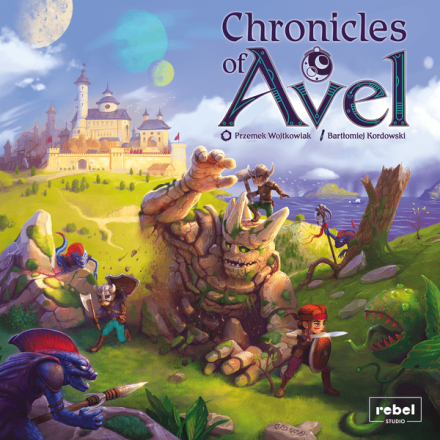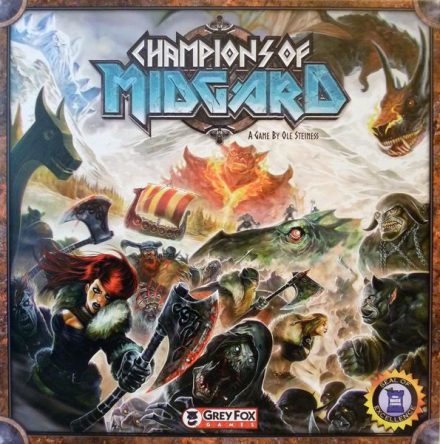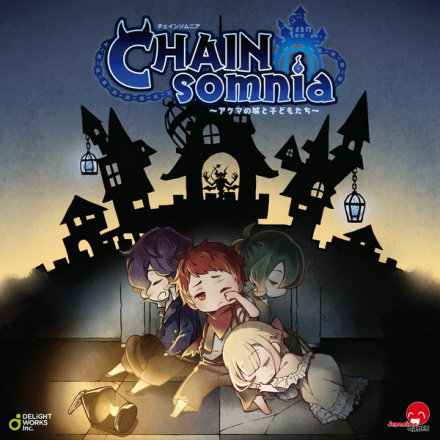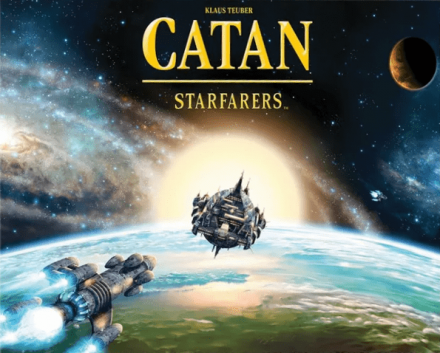Chronicles of Avel is a cooperative board game for the whole family. Take the role of brave heroes and heroines with a mission to save your magical land.
Create your character and give them a unique name. Get your equipment, upgrade it and prepare for battle. But remember to wisely choose what you carry as your backpack has limited space. Armed and ready, explore the land in search of adventure and fortune.
Answer the Queen’s call and fight together against the servants of the Black Moon. Defend the castle, banish the Beast, and save Avel!
In Chronicles of Avel players will be exploring the world of Avel, moving on a modular board created from hexagonal tiles (different every time). On their journey they will encounter dangerous monsters to fight and roll dice to determine success. Each victory leads to a prize – new weapon, armor, potions and gold – which will make heroes more powerful and unstoppable. But to earn equipment players will have to search through magical bag and choose using only their sense of touch. Victory awaits for those who will cooperate, prepare themselves and defeat the Beast and all his servants.
Game Mechanics:
- Cooperative
- Dice Rolling
- Modular Board
Game Specifications:
- 1 – 4 Players
- 60 – 90 Minutes
- Difficulty Weight 1.92










